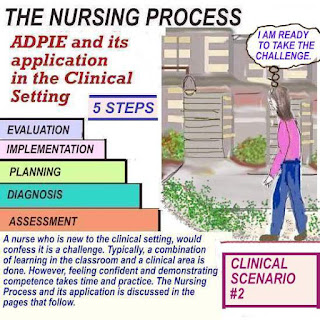LIVER FAILURE AND RENAL FAILURE- QUIZ QUESTIONS
The patient with cirrhosis of the liver
Scenario: Mr.X was admitted to the hospital with a diagnosis of liver failure.
He is awake, but lethargic. His abdomen is distended ( ascites) and his foley
catheter has low urinary output, which is tea colored. He is short of breath
and the doctor has ordered oxygen via nasal cannula. Mr.X's ammonia level
is high due to liver failure. Lactulose ( po) has been ordered by the doctor.
The patient in liver failure may develop hepatic encephalopathy. This results
in altered mental status and possible coma. This may be an indication for ICP
monitoring.
THE LIVER
The liver is the largest organ in the body. It lies in the right, upper quadrant
of the abdomen. It's functions include:
- detoxifies harmful substances and stores glycogen, vitamins and minerals
- metabolizes protein and carbohydrates
- produces and excretes bile which is used to emulsify fats, turns ammonia
into urea which is excreted by the kidneys
- transports bile salts and pigments used in the digestion of food
- produces clotting factors like fibrinogen and prothrombin
* Liver failure and its connection to kidney failure:
Patients who have liver failure may also have kidney ( renal failure).
When the kidneys lose their ability to excrete urine, hemodialysis is
ordered by the doctor. Liver failure
Hemodialysis and kidney failure
The kidneys are two bean shaped organs that lie in the
abdominal cavity.
The kidneys are part of the excretory system. They filter
and excrete waste products from the blood.This is passed
out as urine.
If the kidneys fail, hemodialysis is ordered by the doctor, in
an attempt to remove waste products. Depending on the situation,
this may be short or long term.
Quiz questions
1) What are some of the signs of the patient in liver failure?
2) What did the doctor order for the high ammonia level?
3) What are some of the functions of the liver?
4) Which other organ may be affected?
5) How is renal failure treated?
Learn more : The Nursing Process






Comments
Post a Comment